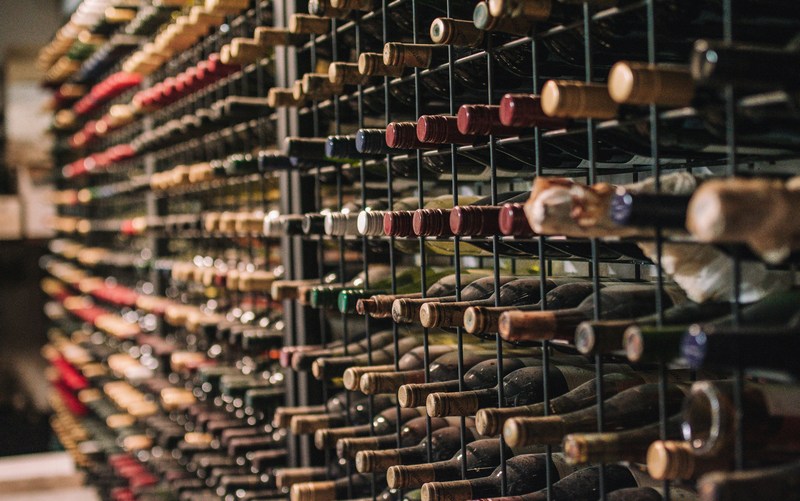10 Critical Mistakes That Could Ruin Your Collection Advice from WineRacks.co.uk For a problem free wine cellar that will last years Designing and building a wine cellar should be about preserving and enhancing the enjoyment of every bottle you own. Sadly, every year we get at least 5 enquiries from clients asking us how to […]
Read more >








